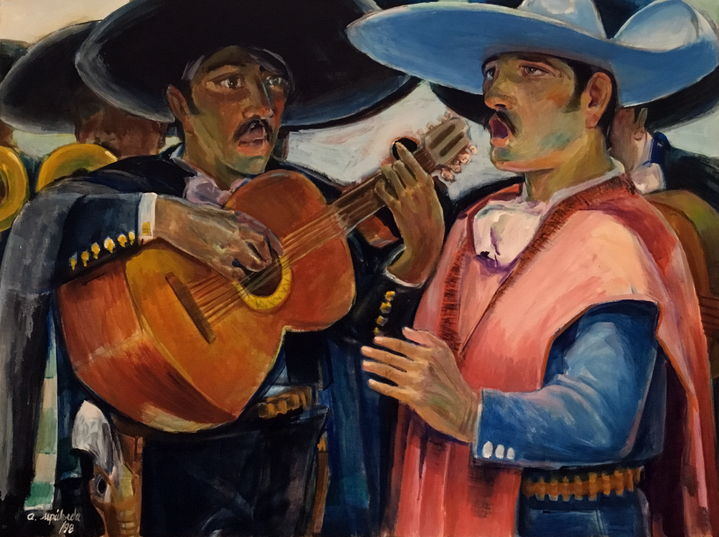
16 Mar Stunning Work by a Seldom Shown Artist: Artemio Sepúlveda @ LAM
The several dozen figurative and expressionistic paintings by Artemio Sepúlveda currently on view at Laguna Art Museum are so empathetic and deftly done, the casual viewer might think they were created by a widely-known artist. But beyond a small coterie of admirers and collectors—many in and around Laguna Beach—Sepúlveda (alive and well at age 85) is barely known.
What’s even more surprising is the story of the artist’s life. The son of a miner in Mexico, he grew up in grinding poverty, making it difficult for him to have the art education he desired. Even while obtaining scholarships to study art, he often supported himself by working in menial jobs, or by trading numerous paintings and murals for meager room and board.
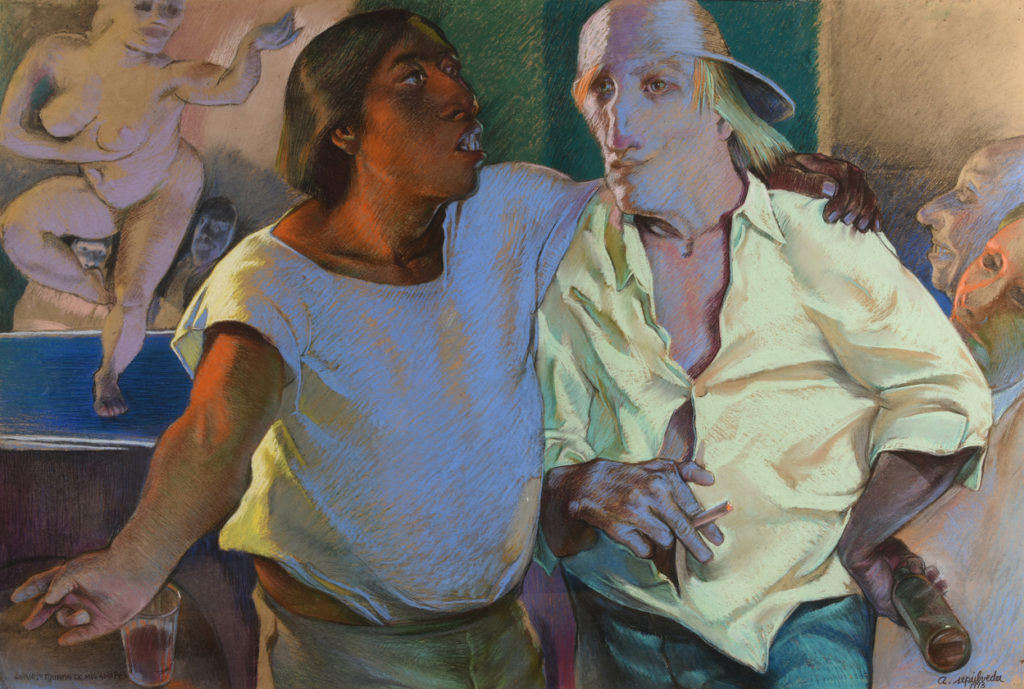
In spite of his often-dire living conditions and lack of art-world connections, he managed to study with Mexican muralists Carlos Orozco Romero and David Alfaro Siqueiros. With the influence of these mentors, along with his study of the work of modernists, Sepúlveda developed a painting style that calls up work by 20th century masters, including the early paintings of Pablo Picasso and those of German Expressionist artist George Grosz.
Fortuitous events in his life—a move to California in 1977 and his subsequent residing in the home of artist Maria Bertrán in North Laguna Beach for 20 years—enabled Sepúlveda to hone his craft. All of the paintings in this exhibition were created during the 20 years that he lived in the Bertrán home.
Genny Boccardo-Dubey, daughter of Bertrán, ten years old when Sepúlveda moved into their home, speaks to us about his presence in her home and life:
Artemio lived in the room downstairs and his beautiful girlfriend, Pamela, would often come over. Artemio and my mother would have long conversations about composition, color, subject matter. My mom would say to him, ‘You only paint women as prostitutes or mothers.’ Artemio would deny this and give her a sly smile…I remember peeking in as a teenager and seeing him shirtless, vigorously painting a canvas or a piece of construction paper, using whatever he had at hand, acrylics, charcoal, pencil, pastels, anything… He was part of my family, a strong-willed, low key, discreet family member — it felt like a famous artist was hiding out in the back of our house.
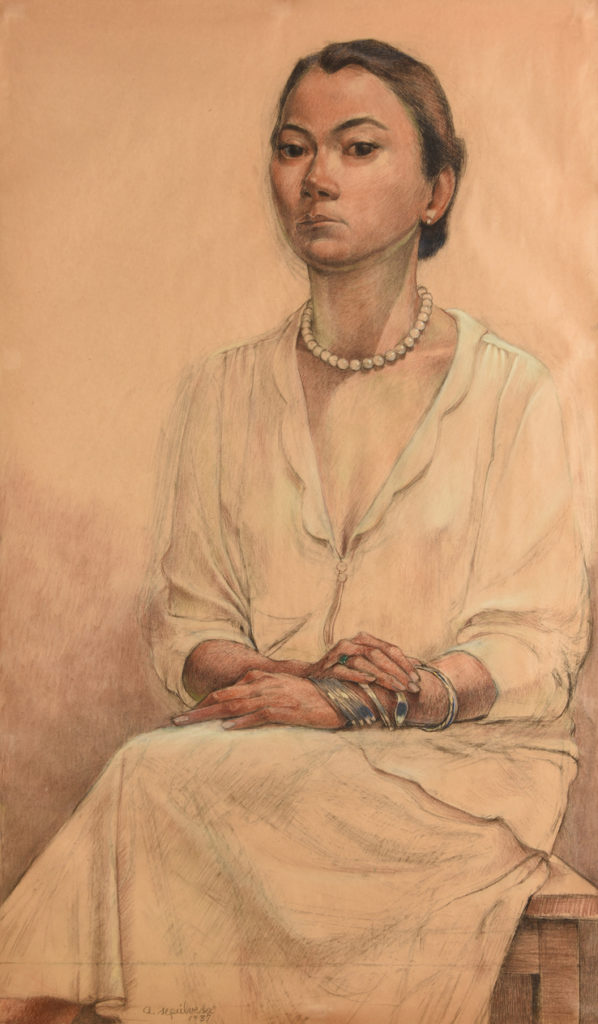
One of the most striking paintings in this exhibition is Pamela Wearing a Pearl Necklace (1987). The demure portrait depicts her as seated with her hair swept back and a serious expression on her face. More sensitive are several large mother and child paintings, all evoking the heartfelt compassion of new mothers. In Mother and Child (1990), a sparsely clad mother gazes at her baby, cradled in her arms. In Mother and Child on a Bench (1988), the mother, portrayed by Pamela, stares contentedly at the artist, while a baby sleeps against her breast.
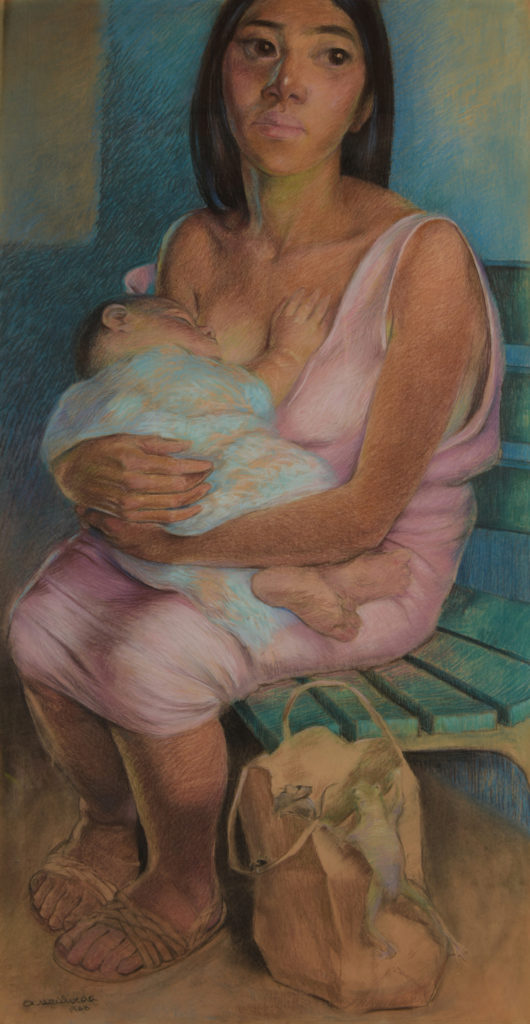
Two satirical paintings in this series, Artie and his Trophy Wife at the Art Show (1987) and Prostitute in a Red Chemise (1997), both illustrate hardened women wearing short, revealing dresses.
Sepúlveda’s more compassionate portraits show another side to his observational curiosity, like the solemn The Artist’s Father Holding a Spoon (1997) (of the artist’s father) and Aunt Market (1999), portraying a dark-haired Mexican woman in traditional clothing. A departure from the many portraits and slice-of-life paintings is Mariachis (1998), illustrating an iconic Mexican scene with colorfully clad musicians.
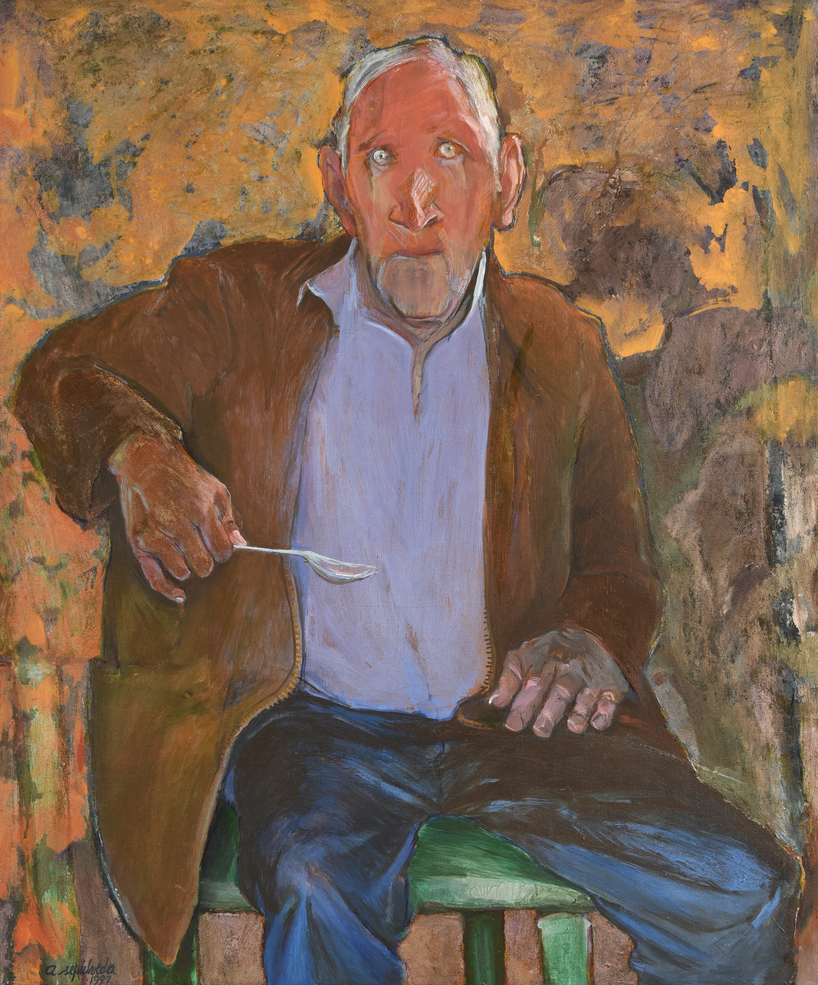
Sepúlveda, continuing to work as a painter today, lives in a rural community outside of San Miguel de Allende, Mexico. His work is in private and public collections, and in the Museo de Arte Moderno in Mexico City; yet, he has not yet received the acclaim that his remarkable talent suggests he deserves. Perhaps this seminal exhibition will help to change this state of affairs.
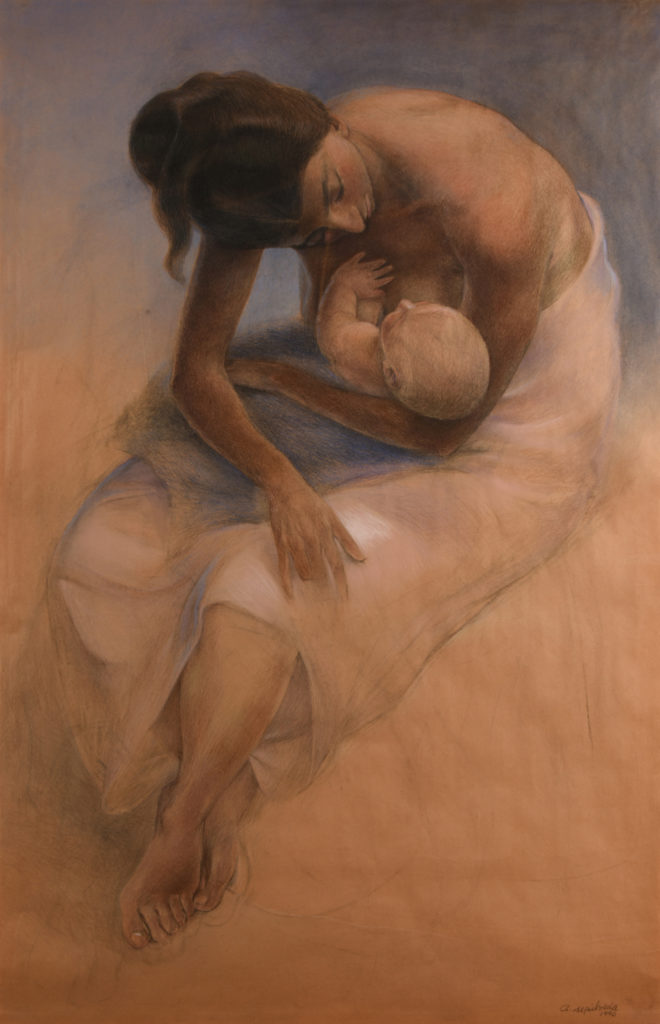
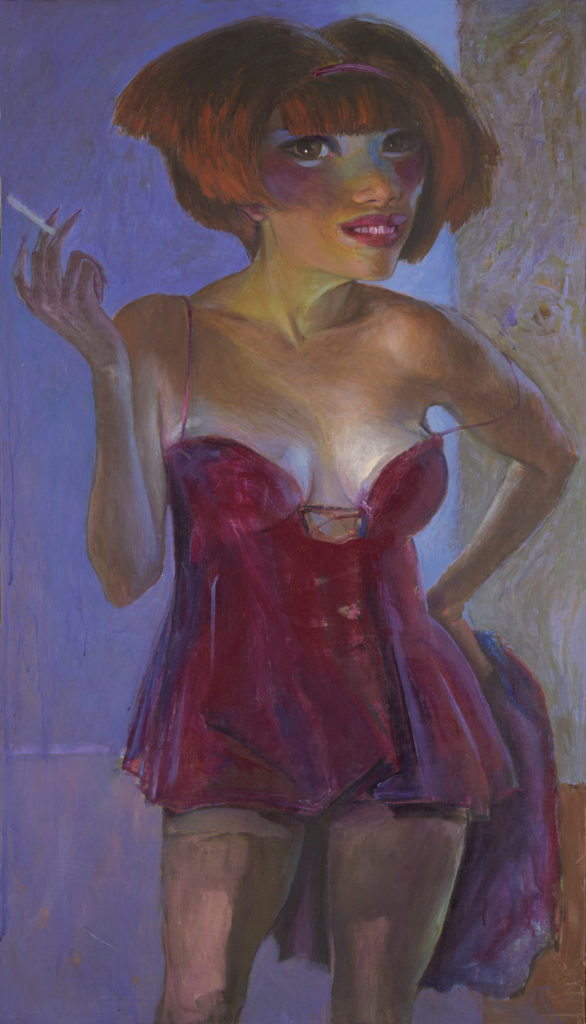
Laguna Art Museum, Laguna Beach; Mon.-Tue. & Fri.-Sun., 11 a.m.-5 p.m.; Thu., 11 a.m.-9 p.m. Artemio Sepúlveda on view through May 25, 2020. Laguna Art Museum will temporarily close to the public from Saturday, March 14, until at least Thursday, April 2. Please check their website for updates on hours. lagunaartmuseum.org/



Sorry, the comment form is closed at this time.